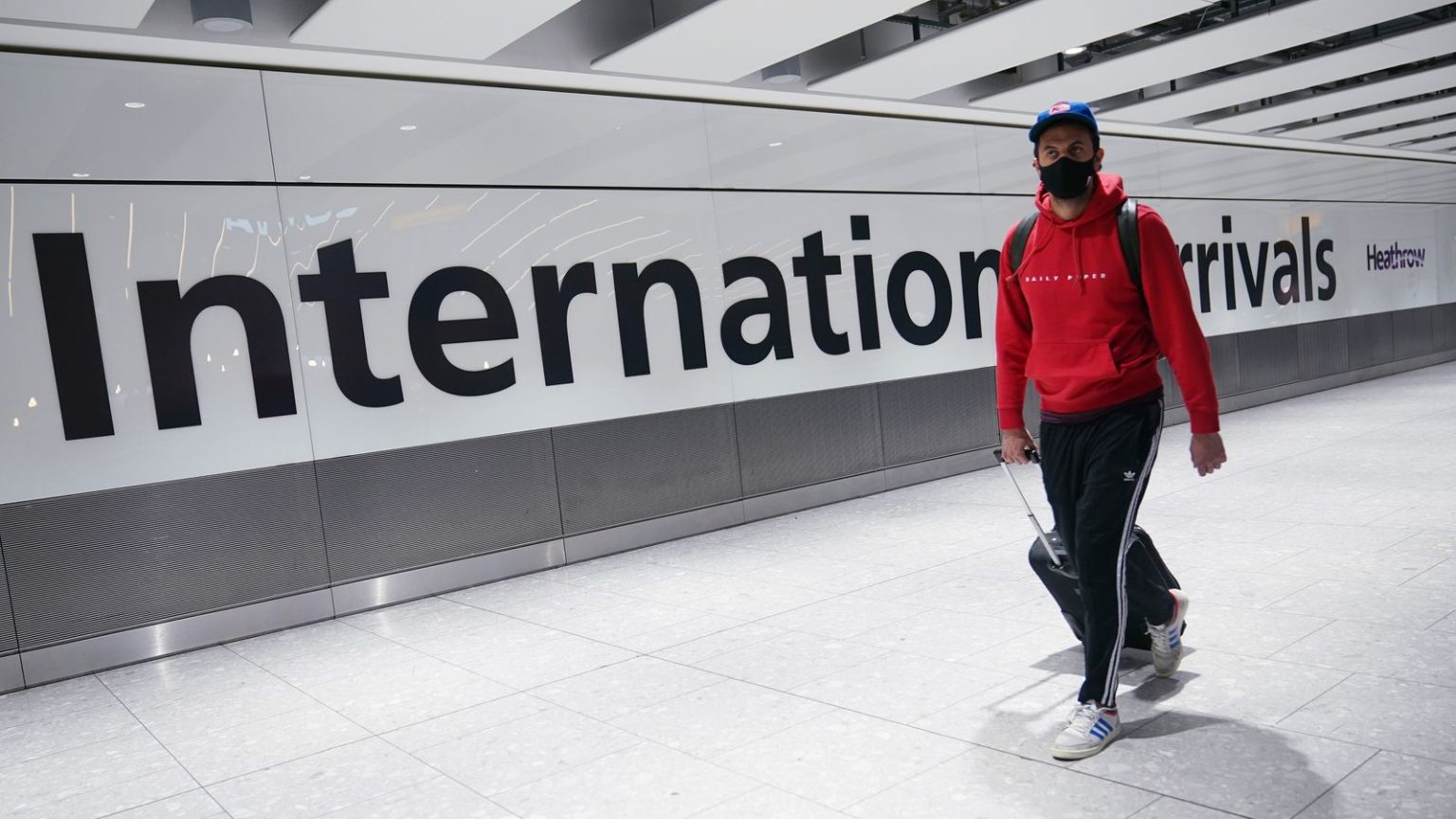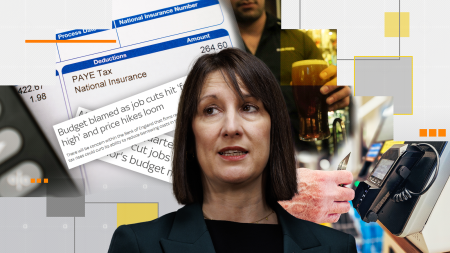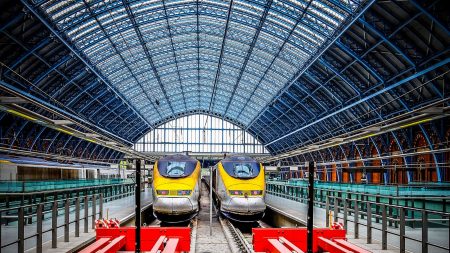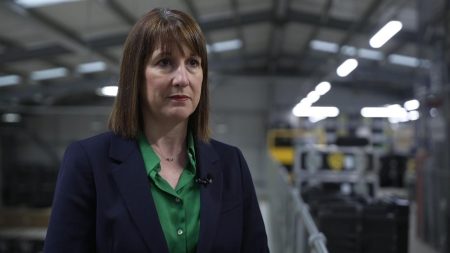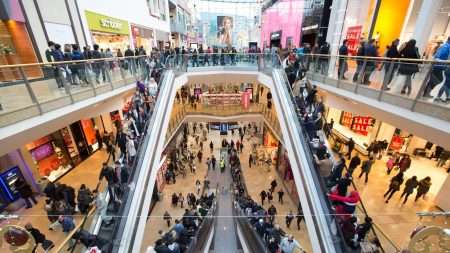Heathrow’s Ambitious Expansion Plan: A Comprehensive Overview
1. Introduction to Heathrow’s Visionary Expansion
Heathrow Airport, a cornerstone of global aviation, is embarking on a monumental expansion project designed to significantly enhance its capacity and modernize its infrastructure. This strategic initiative aims to position Heathrow as a leading hub in addressing the growing demand for air travel while paving the way for potential future growth, including the long-debated third runway. The expansion underscores Heathrow’s commitment to improving passenger experience, operational efficiency, and its role in the UK’s economic landscape.
2. Financial Strategy and Infrastructure Upgrades
The expansion is funded entirely by Heathrow’s shareholders, with additional financial support anticipated from airlines and passengers through incremental charges for the enhanced services. This approach ensures that the project remains viable without relying on public funds. Key improvements include the expansion of Terminals 2 and 5, a reconfiguration of the airfield to boost punctuality, and an increase in aircraft stands. These upgrades are set to commence immediately, aiming to tangibly improve operations and kickstart economic benefits within the year.
3. Executive Vision and Industry Criticism
In a pivotal address, Heathrow’s CEO, Thomas Woldbye, emphasized the significance of this privately-funded venture, highlighting its dual role in modernizing current infrastructure and laying the groundwork for a future third runway. However, not all stakeholders share this optimism. Ryanair’s CEO, Michael O’Leary, has been vocal about Heathrow’s operational inefficiencies, even stating that the airline would not consider operating from Heathrow, despite any potential incentives. This criticism adds a layer of complexity to the expansion’s perceived benefits.
4. Government Backing and Political Dynamics
The UK government has officially endorsed the third runway, aligning it with economic growth objectives. However, this support is not universal within the ruling Labour Party. Prominent figures, including London Mayor Sadiq Khan and Energy Secretary Ed Miliband, have expressed strong opposition, citing environmental and public health concerns. This internal discord highlights the contentious nature of the project and the delicate balance required to address both economic and environmental priorities.
5. Environmental and Community Impacts
The environmental ramifications of the expansion and potential third runway are significant. The project necessitates substantial land alterations, including the diversion of rivers and the M25, and the demolition of hundreds of homes. These changes pose considerable challenges for local communities and ecosystems. Additionally, the increase in carbon emissions raises questions about compatibility with the UK’s 2050 emission reduction targets, further fueling the debate over the project’s sustainability.
6. Economic Implications and Future Uncertainties
While proponents argue that the expansion will stimulate economic growth, critics, including the New Economics Foundation, question the project’s economic benefits. They point out that growth in business travel has stagnated, with leisure travel, particularly among affluent British residents, driving current passenger numbers. Furthermore, the construction timeline and feasibility of the third runway remain uncertain, with doubts about its completion during the current government’s tenure, potentially delaying benefits until as late as 2050.
Heathrow’s expansion plan represents a complex interplay of economic, environmental, and political factors, reflecting both the aspirations for growth and the challenges of sustainable development. As the project progresses, balancing these elements will be crucial in determining its success and impact on the UK’s aviation landscape.





